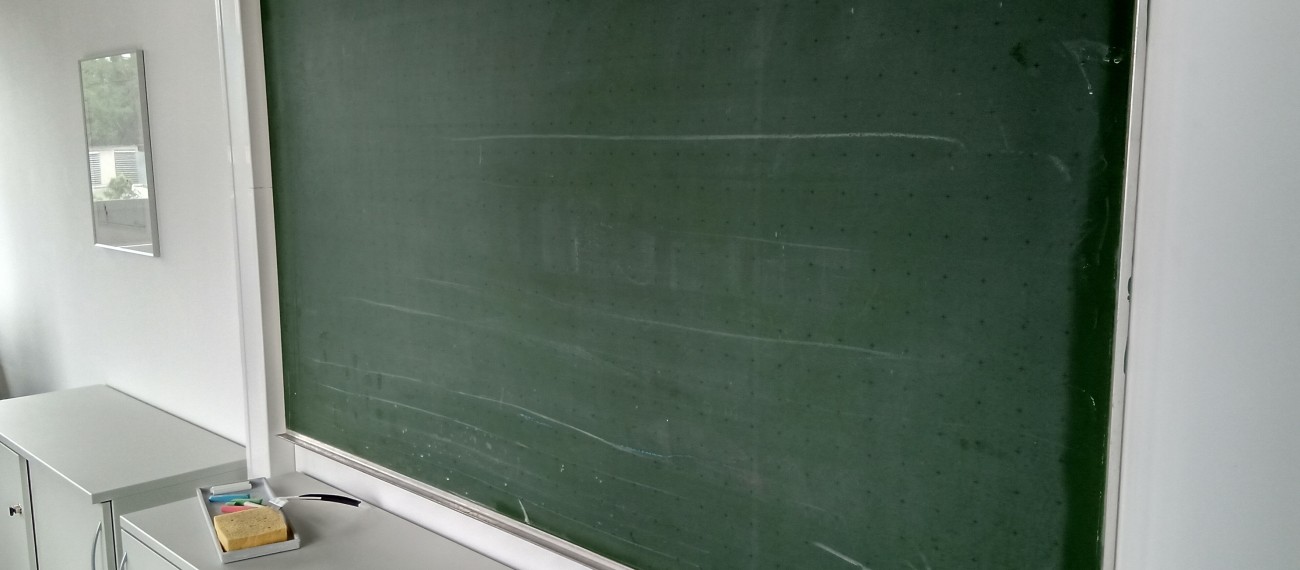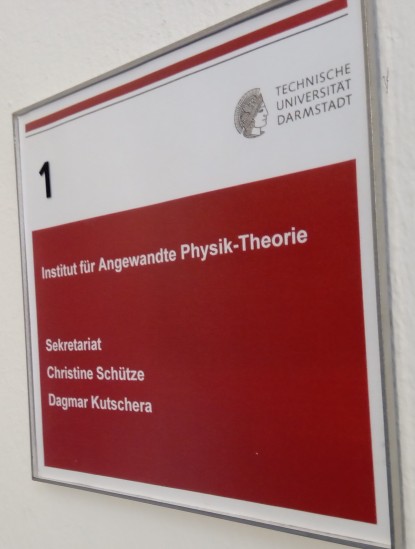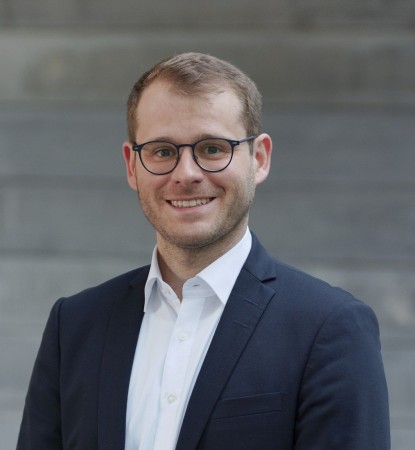Quantum physics is an essential building block of our modern worldview and of relevance to many subfields of physics. The lecture “Advanced Quantum Mechanics” complements the basic knowledge in quantum mechanics gained in previous lectures and paves the way to apply quantum theory in current and state-of-the-art research. The focus of this lecture lies on approximation methods, elements of many-particle theories, and relativistic approaches to a description of quantum particles and processes.
Theoretical Quantum Optics

Lectures
Contact
Sekretariat Theorie IAP

iap-theorie@physik.tu-...
work +49 6151 16 - 20321
Work
S2|09 Zimmer 1
Hochschulstr. 4A
64289
Darmstadt
Prof. Dr. Enno Giese

enno.giese@tu-...
work +49 6151 16-20162
We would like to customise the information and usability of this website to your preferences and needs.
To this end, we use so-called cookies. Please choose which cookies you would like to enable when visiting our webpages.
Some of these cookies are required to load and correctly display this website on your device.
These are strictly necessary or essential cookies and cannot be deselected.
The preferences cookie saves your language setting, while the statistics cookie regulates
how the open-source statistical software “Matomo” analyses your visits to and activities on our website.
For more information about cookies we use, please refer to our
privacy policy.
